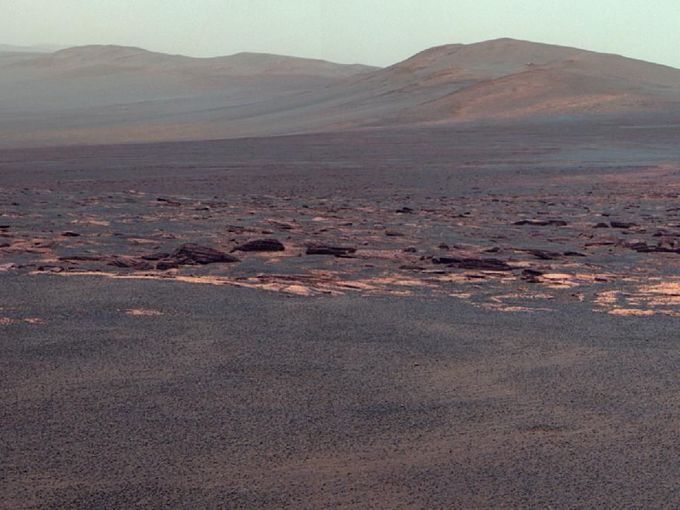reklama
Přehledně: Uzeniny zabíjejí a na Marsu je voda. Na co všechno přišli vědci v roce 2015
Nová antibiotika a vakcína proti ebole můžou zachránit tisíce lidských životů, štěňata narozená ze zkumavky zase ohrožené druhy zvířat. Světoví vědci přišli v roce 2015 s řadou významných objevů. Vybrali jsme 12 nejzajímavějších. Těch, které zahýbaly světem a na něž by se rozhodně nemělo zapomenout.
reklama
Mohlo by vás zajímat
reklama
Právě se děje
Aktualizováno před 2 minutami
Hvězdný víkend ve Varech: Na Douglase se sjely davy, fanoušky potěšil Sarsgaard

Prohlédnout si 83 fotografií


před 36 minutami

Přehled
Po stopách Vinnetoua. Filmová místa, kam může bledá tvář vstoupit bez obav o život
Vydejte po stopách Vinnetoua, náčelníka Apačů. Objevte v Chorvatsku místa, kde se slavný příběh natáčel.
před 36 minutami

Štvanec války tančí na hraně. Srdcem podporuje Ukrajinu, rozumem chrání majetek
Igorovi se jako jednomu z mála podařilo dostat se z okupované Ukrajiny do Kyjeva a zase zpět. Neví ale, zda mu štěstí bude přát i nadále.
před 1 hodinou

Český úkaz mezi hlavními nadějemi klubu NHL. Je tu jediný otazník, říká Yzerman
Hokejový brankář Michal Postava má za sebou první herní zkušenost v Detroitu - absolvoval rozvojový kemp.
před 2 hodinami

Mádl si po loňském úspěchu Vln v Karlových Varech užívá roli porotce
V Karlových Varech je Mádl nejen jako porotce, ale také kvůli představení filmu Džob.
Aktualizováno před 2 hodinami

KVÍZ: Letní svátky a tradice. Shazoval se kozel z věže? Kdo byli Crha a Strachota?
Víte, jaký krutý zvyk ještě nedávno provázel svátek svatého Jakuba, nebo s čím máte jít k panímámě do vrat o dožínkách?
před 2 hodinami

2:03
Hledání vlastního hlasu a hodnoty. Český film Sbormistr by mohl dostat Oscara
První samostatný hraný film Ondřeje Provazníka zpracovává závažné téma divácky přístupným způsobem.
reklama
reklama




